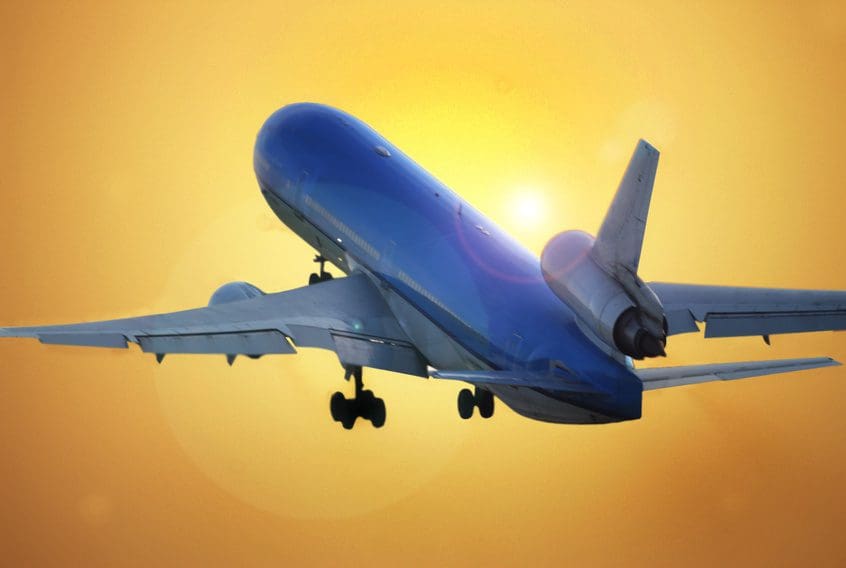 If there is one constant you can count on in the airline industry, it’s that CHANGE is the norm. In the last five years, we’ve seen a wave of consolidation between the U.S. legacy carriers as they propose mergers with their counterparts in an effort to become or remain competitive and profitable.
If there is one constant you can count on in the airline industry, it’s that CHANGE is the norm. In the last five years, we’ve seen a wave of consolidation between the U.S. legacy carriers as they propose mergers with their counterparts in an effort to become or remain competitive and profitable.
The process of one airline integrating into another takes several years to achieve a seamless joint operation. After the airlines’ shareholders approve a potential merger, the deal has to pass an anti-trust review by the U.S. Department of Justice (DOJ). The DOJ looks at the overlap of the two airlines’ routes and how a unification of the airlines would affect competition. If the merger gives the combined airline a monopoly or even an unfair advantage over other carriers, concessions are negotiated until the DOJ gives its approval. Once the plan is confirmed by the DOJ, the airlines operating certificates are merged and technically they become one airline.
Until this point, travelers are blissfully unaffected by the pending collaboration, but the next steps bring changes that affect travelers, particularly frequent fliers of those airlines. Ground operations are merged, meaning terminal facilities, airline clubs and baggage handling are combined. Landing slot allocations are exchanged or divested to fulfill the approved settlement plan – and that means your preferred carrier may not still fly a route you use. Add in labor contracts, technology integration and financial issues and it becomes an extremely complex process that takes years to finalize.
Delta – Northwest Airline Merger
The first of the major carrier mergers was between Delta Air Lines and Northwest Airlines. The airline merger, begun in 2008 and now completely integrated, was generally seen as a success. The combined airline, now known as Delta, integrated its domestic and international operations, fleet, frequent flyer programs and even determined the optimal number of limes to stock on planes (Northwest cut limes into 16 slices, while Delta cut them into 10 slices – 10 it remains!).1 Delta has garnered a number of industry recommendations and customer satisfaction awards and continues to be a major contender in the U.S. market.
United – Continental Airline Merger
In 2010 United Airlines and Continental Airlines closed their merger, but it has followed a rockier path than Delta’s. The combined airline known as United suffered a major technical debacle when the reservations systems were migrated in March 2012 and another in August 2012 that affected hundreds of flights around the world. In addition, they have yet to find common ground in flight attendant contracts, causing labor unrest. Since the merger, United’s profit and operations have lagged those of domestic peers2 proving that mergers are difficult operations.
Southwest – AirTran Airline Merger
In 2011, Southwest acquired AirTran and while they are still not entirely integrated, they expect to complete the merger by the end of 2014. Southwest used a different method of integration by slowly absorbing AirTran, a few airplanes and crew at a time. AirTran flights from Richmond International Airport became Southwest in November 2013. Southwest has bought aircraft, updated the interiors of existing planes, and their migration to a new reservation system is on track for later this year. Progress is slow, but deliberate and industry analysts say it’s going smoothly.
American – US Airways Airline Merger
American Airlines and US Airways is the most recent merger, closing only last December, so they have a long path to tread to completion. In January they began selling codeshare flights and offering reciprocal benefits to elite status members and club members. They have determined that they will use American’s reservation system, but history shows that is one of the trickiest transformations of full integration and they have a long way to go with myriad other details to address (no word yet on how many limes they use!).
All airlines profess that their mergers will provide more convenience, better schedules and improved service for their customers. With a smooth integration, that can become reality, but during the process you need a travel management company to handle reservations, ticketing and schedule changes for you so your important travel plans don’t fall through the cracks.







Leave a Reply